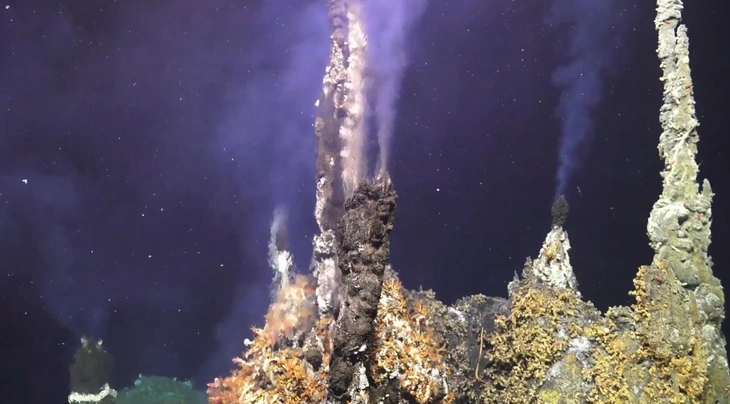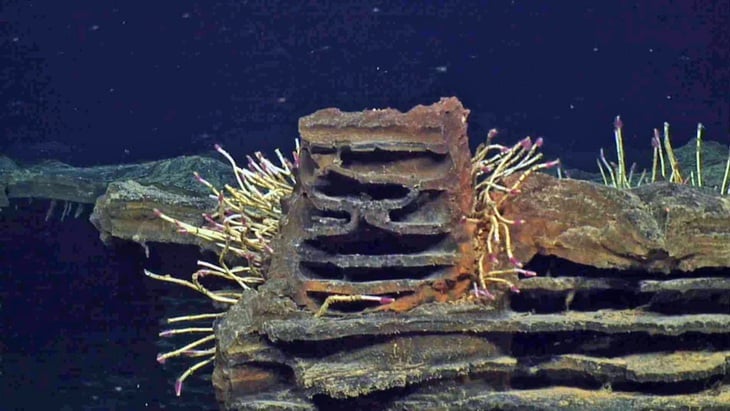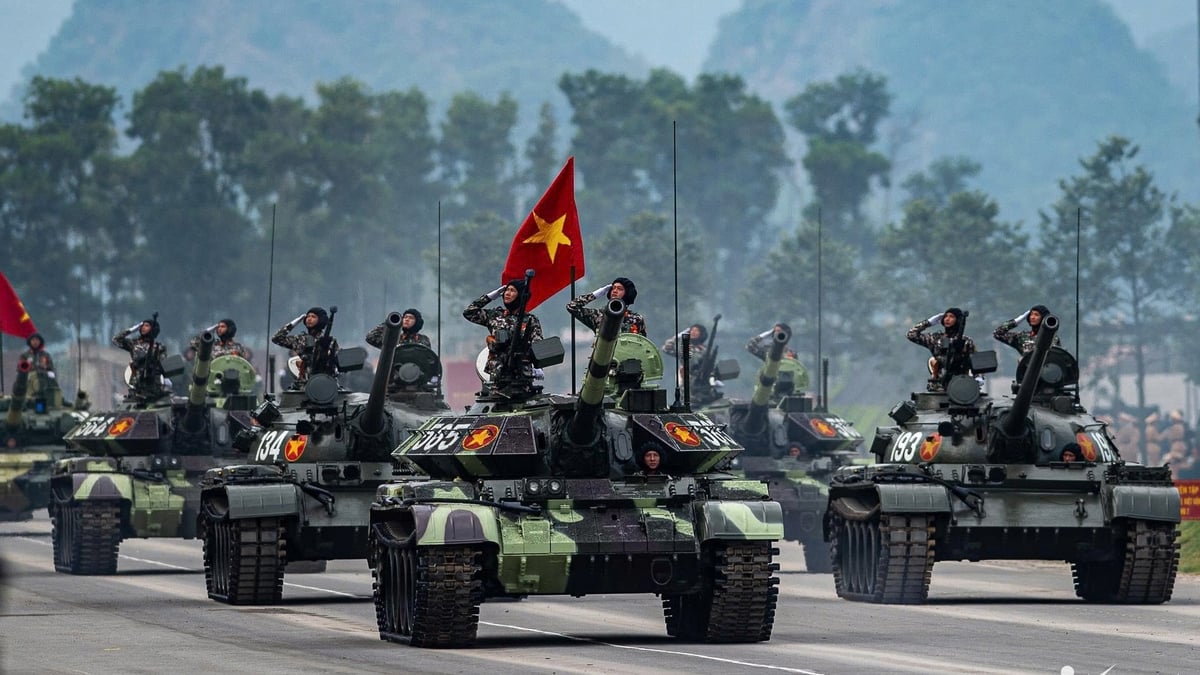
Marine microorganisms thrive around the hydrothermal vents of Axial Seamount - Photo: UW/NSF-OOI/WHOI, V18
The Axial Seamount volcano is located nearly 1.4 km above sea level and is located on the Juan de Fuca Ridge - an area where two large tectonic plates, the Pacific Plate and the Juan de Fuca Plate, are separating, with many hydrothermal vents.
"The volcano could erupt later this year, or as early as tomorrow."
According to researchers monitoring the Axial Seamount volcano, the frequency of recent earthquakes has increased significantly as the area around the volcano swells with more and more magma - a sign that an eruption is imminent, according to CNN on May 8.
“There are currently a few hundred earthquakes a day, but that is still much less than what we saw during the previous eruption.
I think it could erupt in late 2025 or early 2026, but it could also be tomorrow because it's completely unpredictable," said William Wilcock, a professor at the University of Washington's department of oceanography .
However, the Axial Seamount's three most recent eruptions, in 1998, 2011 and 2015, all occurred between January and April, when Earth moves away from the Sun.

Tubeworms growing on a strange rock at Axial Seamount - Photo: UW/NSF-OOI
What happens during an eruption?
During Axial Seamount’s last eruption, in April 2015, the team observed about 10,000 small earthquakes every 24 hours and magma that flowed out of the crater for a month, stretching about 40km under the sea. So Wilcock expects a similar pattern to occur this time.
Previous eruptions of the Axial Seamount volcano wiped out the small plants and animals living in the hydrothermal vents. However, just three months later, their ecosystems returned and thrived thanks to the mineral-rich gases emitted from the vents.
Meanwhile, marine life living near the volcano, such as fish, whales and octopuses, may feel the heat and rumble of the earthquake but will not be harmed. Humans on land will probably not notice the eruption.
Eruptions can be observed.
Luckily, Axial Seamount doesn’t usually erupt violently, making it a good spot for scientists to observe. Debbie Kelley, director of the Regional Cabled Array, says they even plan to livestream the event next time it erupts.
Watching an underwater volcano erupt is no easy task. Scientists have only witnessed one directly for the first time, on April 29 at the Tica volcano, about 1,300 miles (2,092 kilometers) west of Costa Rica.
Source: https://tuoitre.vn/my-nui-lua-duoi-bien-co-dau-hieu-sap-phun-trao-20250509121948071.htm























![[Photo] Prime Minister Pham Minh Chinh attends a special art program called "Hanoi - From the historic autumn of 1945"](https://vphoto.vietnam.vn/thumb/1200x675/vietnam/resource/IMAGE/2025/8/15/c1c42655275c40d1be461fee0fd132f3)
![[Photo] Firmly marching under the military flag: Ready for the big festival](https://vphoto.vietnam.vn/thumb/1200x675/vietnam/resource/IMAGE/2025/8/15/86df2fb3199343e0b16b178d53f841ec)


![[Photo] The special solidarity relationship between Vietnam and Cuba](https://vphoto.vietnam.vn/thumb/1200x675/vietnam/resource/IMAGE/2025/8/15/5f06c789ab1647c384ccb78b222ad18e)

![[Photo] Red and yellow stars at the launching ceremony of the program "Moving Forward with Vietnam"](https://vphoto.vietnam.vn/thumb/1200x675/vietnam/resource/IMAGE/2025/8/16/076df6ed0eb345cfa3d1cd1d7591a66f)

![[Photo] Prime Minister Pham Minh Chinh talks on the phone with Cambodian Prime Minister Hun Manet](https://vphoto.vietnam.vn/thumb/1200x675/vietnam/resource/IMAGE/2025/8/15/72d3838db8154bafabdadc0a5165677f)

































































Comment (0)